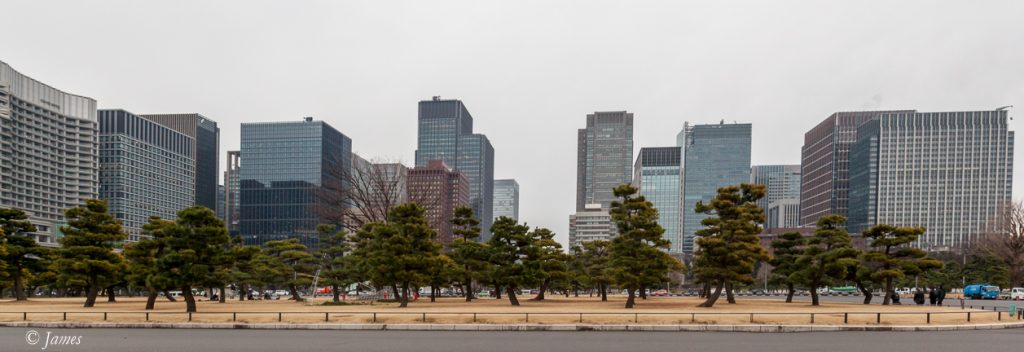Hilary decided to stay in the room as the weather has become wetter and colder. I set off for Shibuya Pedestrian Scramble again, stopping first at Shinjuku Gyoen, forgetting that it’s closed on Monday. This is one of Tokyo‘s largest and most popular parks, located just a short walk from Shinjuku Station. Spacious lawns, meandering walking paths and tranquil scenery provide a relaxing escape from the busy urban centre around it.
Shinjuku Gyoen originated during the Edo Period (1603-1867) as a feudal lord’s Tokyo residence. Later it was converted into a botanical garden before being transferred to the Imperial Family in 1903 who used it for recreation and the entertainment of guests. The park was almost completely destroyed during World War II, but was eventually rebuilt and reopened in 1949 as a public park.
The Scramble was not very busy, but I managed to get wider shots with the 16-35mm lens from the Magnet cafe.
Next was Chiyoda City near Tokyo station, a large area of gardens, buildings, lily ponds of ornamental carp and billowing weeping willows, surrounded by moats and massive stone walls. It is comprised of three main parts – Kitanomaru Koen, Kokyo Gaien, the East Gardens, and the Imperial Palace.
I entered from the north, through the unrenovated Shimizumon Gate into Kitanomaru Koen, the site of a former town of Edo Castle. As with the castle itself, the town burned down in the late 19th century. The area served as a military base until it was converted to a park in 1969.Today, Kitanomaru park is filled with museums and the Budokan, a large martial arts and concert venue used by the Beatles in 1966. But that still leaves a large garden area. Hundreds of cherry trees decorate the moats around the Park, creating one of Tokyo’s most outstanding cherry blossom sights, especially Chidorigafuchi moat on the north west. There is a small park with popular boat rentals on the west side of the moat, between the cemetery and boat shed. The moat is edged by sakura trees.
I crossed a busy road on the south to the Kita-hanebashimon gate entrance to Kokyo Gaien in the south-east corner, to find it also closed. This is a large open access park in front of the Imperial Palace, linked by bridges (Niju-bashi and Megane-bashi) to the area of the main Tokyo station. The weather became colder and darker but I was determined to see as much as possible by walking along the eastern moats to the southern end, a distance of two km. Kokyo Gaien, south of the Otemon bridge is a flat broad lawn expanse containing only rows of short manicured conifers. It’s a good place to view central Tokyo and the moats, bridges, walls, gates and guardhouses of the Imperial Palace.
The Imperial palace in the southwest corner is the primary residence of the Emperor of Japan. The immaculate inner grounds filling over half of Chiyoda are only publicly accessible on 23 December and 2 January so any other time you can only peek at the treasures within from the perimeter. The bridge and gate of Kikyomon (Uchi Sakuradamon) is attractive through the trees lining the moat, but further south is the even better Seimon Stonebridge, and the Nishinomaru bridge and gate behind. Just in time as cordons were going up in the dusk and the cold was becoming unbearable. Fortunately the Hibiya station was not far.

Shibuya Crossing 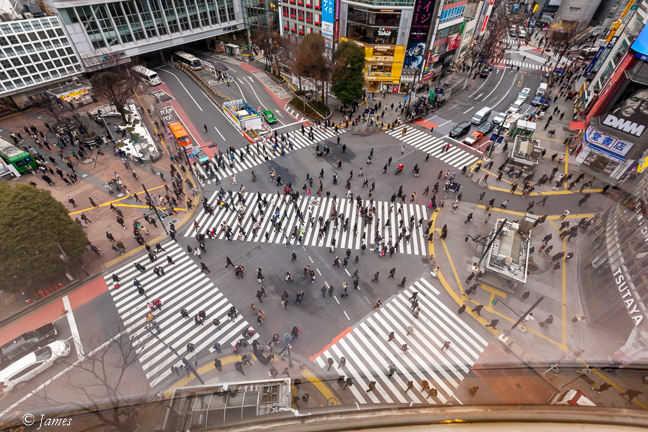
Shibuya Crossing 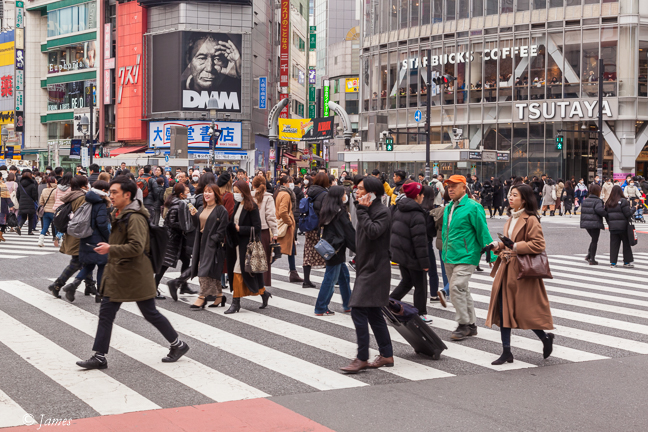
Shibuya Crossing 
Kitanomaru Koen 
Kitanomaru Koen 
Kitanomaru Koen 

Otemon Bridge 
Otemon Bridge 
Kikyomon (Uchi Sakuradamon 
Nishinomaru 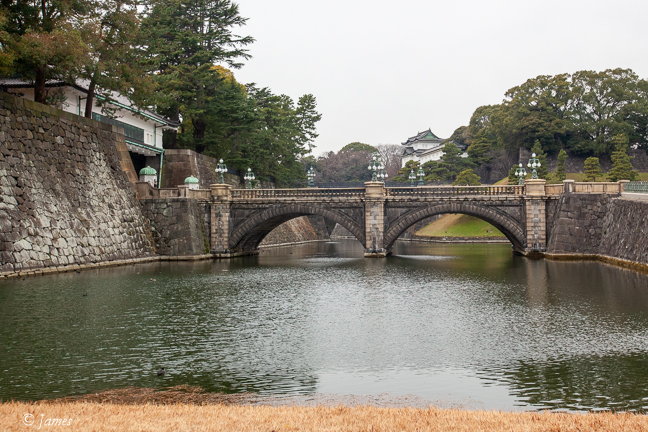
Seimon Stonebridge 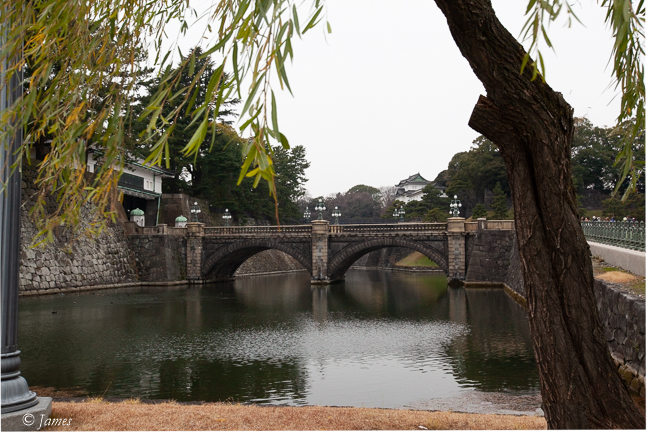
Seimon Stonebridge
